This is your morning Open Thread. Pour your favorite beverage and review the past and comment on the future.
Find the past “On This Day in History” here.
Click on images to enlarge
July 25 is the 206th day of the year (207th in leap years) in the Gregorian calendar. There are 159 days remaining until the end of the year.
On this day in 1788, Wolfgang Mozart completes his Symphony No. 40 in G minor.
The question of the Symphony’s premiere
There is no completely solid documentary evidence that the premiere of the 40th Symphony took place in Mozart’s lifetime. However, as Zaslaw (1983) points out, the circumstantial evidence that it was performed is very strong. On several occasions between the composition of the symphony and the composer’s death, symphony concerts were given featuring Mozart’s music, including concerts in which the program has survived, including a symphony, unidentified by date or key.
Most important is the fact that Mozart revised his symphony (the manuscripts of both versions still exist). As Zaslaw says, this “demonstrates that [the symphony] was performed, for Mozart would hardly have gone to the trouble of adding the clarinets and rewriting the flutes and oboes to accommodate them, had he not had a specific performance in view.” The orchestra for the 1791 Vienna concert included the clarinetist brothers Anton and Johann Stadler; which, as Zaslaw points out, limits the possibilities to just the 39th and 40th symphonies.
Zaslaw adds: “The version without clarinets must also have been performed, for the reorchestrated version of two passages in the slow movement, which exists in Mozart’s hand, must have resulted from his having heard the work and discovered an aspect needing improvement.”
Concerning the concerts for which the Symphony was originally (1788) intended, Otto Erich Deutsch suggests that Mozart was preparing to hold a series of three “Concerts in the Casino”, in a new casino in the Spiegelgasse owned by Philipp Otto. Mozart even sent a pair of tickets for this series to his friend Michael Puchberg. But it seems impossible to determine whether the concert series was held, or was cancelled for lack of interest. Zaslaw suggests that only the first of the three concerts was actually held.


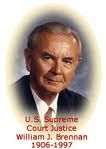 On this day in 1957, the U.S. Supreme Court rules that obscenity is not protected by the First Amendment.
On this day in 1957, the U.S. Supreme Court rules that obscenity is not protected by the First Amendment.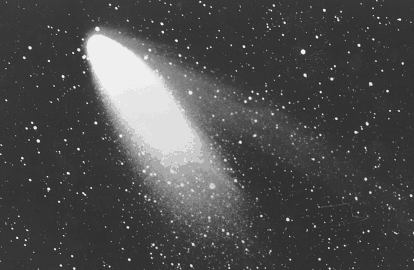

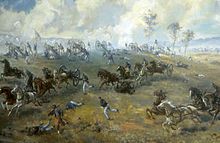
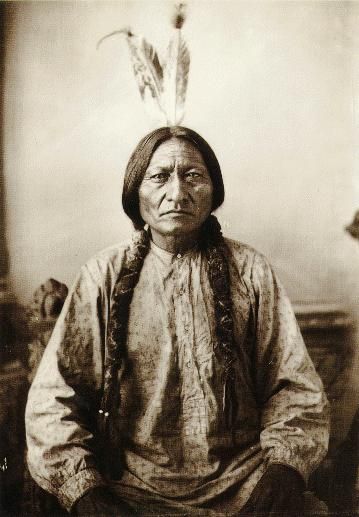
 On this day in 1848, a two-day
On this day in 1848, a two-day 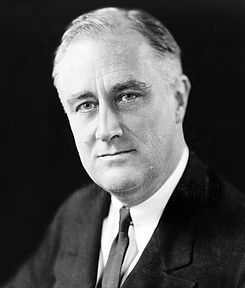 Roosevelt was born January 30, 1882, in Hyde Park, New York, and went on to serve as a New York state senator from 1911 to 1913, assistant secretary of the Navy from 1913 to 1920 and governor of New York from 1929 to 1932. In 1932, he defeated incumbent Herbert Hoover to be elected president for the first time. During his first term, Roosevelt enacted his New Deal social programs, which were aimed at lifting America out of the Great Depression. In 1936, he won his second term in office by defeating Kansas governor Alf Landon in a landslide.
Roosevelt was born January 30, 1882, in Hyde Park, New York, and went on to serve as a New York state senator from 1911 to 1913, assistant secretary of the Navy from 1913 to 1920 and governor of New York from 1929 to 1932. In 1932, he defeated incumbent Herbert Hoover to be elected president for the first time. During his first term, Roosevelt enacted his New Deal social programs, which were aimed at lifting America out of the Great Depression. In 1936, he won his second term in office by defeating Kansas governor Alf Landon in a landslide.
Recent Comments